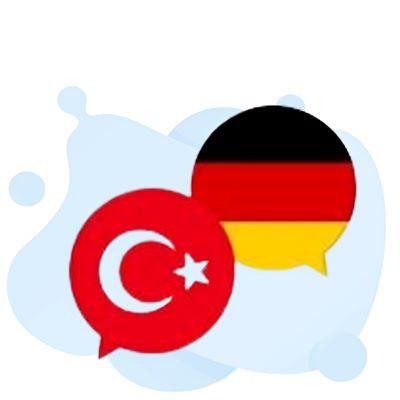LOTE (Language Other Than English) Test: What to Expect

The LOTE (Language Other Than English) Test evaluates how well someone knows a language that isn’t English. It looks at vocabulary, grammar, reading, and writing in that language. This test is important for school, work, or just wanting to show your language skills.
Depending on the language, the test will be a bit different. But it will always check how good you are in that language. Whether it’s for a bilingual test, foreign language test, or to see how well you know many languages, knowing what to expect with the LOTE Test is crucial.
Key Takeaways
- The LOTE Test checks how well you know a language that isn’t English.
- It looks at your vocabulary, grammar, reading, and writing in that language.
- The test is key for school, work, or if you just want to show your language skills.
- The test changes based on the language, but it always focuses on your language skills.
- Knowing what to expect helps you do well in the test.
Free LOTE Practice Test Online
Understanding LOTE Proficiency Levels
The Language Other Than English (LOTE) proficiency levels are key for checking someone’s language skills. They are split into Checkpoint A and Checkpoint B. Each one shows a different skill level.
Checkpoint A: Beginner Proficiency
Beginner proficiency, or Checkpoint A, is where language learners start. Here, they show they can understand and speak in the new language. They know simple words, use basic sentences, and talk about easy topics.
At Checkpoint A, people can do simple, everyday things in the new language. They can introduce themselves, ask for directions, or order food. This early level helps build up to more skills.
Checkpoint B: Intermediate Proficiency
Checkpoint B is at the intermediate level. People are stronger in the language by now. They know more words, use harder grammar, and can have deeper talks.
People at Checkpoint B can talk in easy or complex situations. They understand written and spoken language well. They can also share their ideas clearly. This level is good for more serious language needs, like research or business.
The LOTE proficiency levels help see how good someone is at a language. They’re used to place people in language classes or for work or school. Teachers, students, and employers all use these levels to help learning and growth.
LOTE Placement Testing InformationLOTE Principles and StandardsLOTE Frequently Asked Questions

LOTE (Language Other Than English) Test
The LOTE Test checks how well someone knows a language other than English. It has parts for reading, writing, and speaking. These parts help to see if the person can use the language in different ways.
The test changes based on the language and where it’s given. In Texas, you can take courses like American Sign Language or Spanish. Texas Education Agency makes sure these courses meet certain standards.
New York also has its own test for many languages. This test is managed by the New York City Department of Education and the New York State Education Department. It includes languages from around the world and helps test-takers show their skills at a certain level.
To do well on the LOTE Test, be ready by studying grammar and vocabulary. Also, work on your language skills. Doing well on this test shows you are good at more than one language. This could help you in school, work, and your personal life.
Taking the LOTE Test is a big step for anyone who wants to prove their language skills. With the right study plan, you can do better and open up new opportunities. Success on this test can lead to great things in your studies, career, and life.
Conclusion
The LOTE (Language Other Than English) Test checks how well someone knows a second language. It looks at many parts like words, rules, reading, and writing. The test shows if someone is a beginner or has intermediate skills, helping them see how good they are in that language.
Passing the LOTE Test can help a lot in school and work. It proves you can speak more than one language and understand different people. This test is good because it doesn’t just focus on one skill but on many, like speaking, listening, reading, and writing. This makes people more useful in a world where connections are really important.
If you’re a student or someone working, the LOTE Test can show your language skills. Learning a new language can open many doors for you and meet the need for people who speak more than one language in business worldwide.
